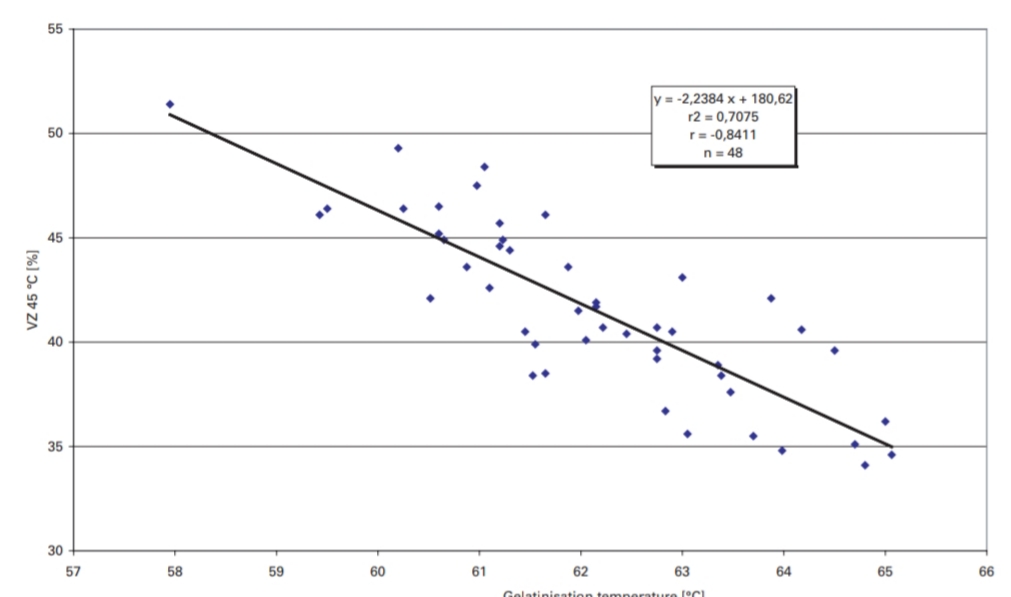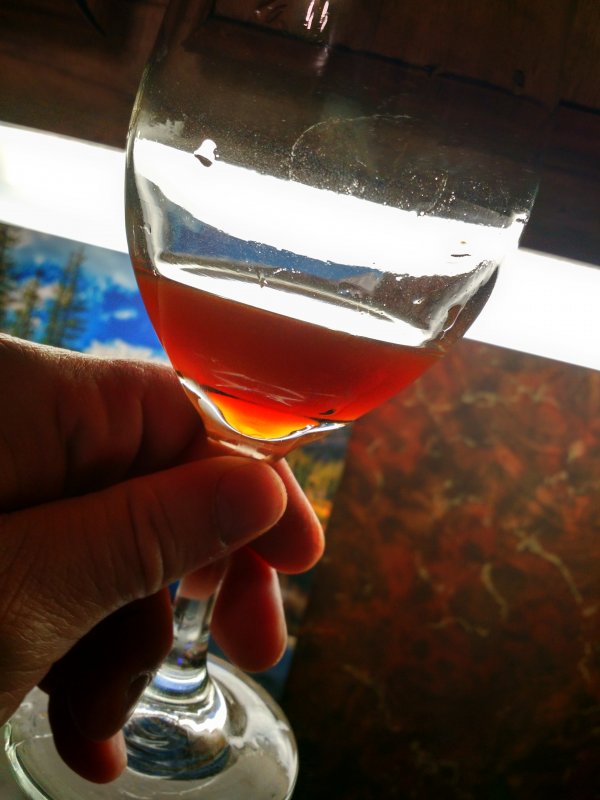I'm a german homebrewer, located close to Hamburg.
I got into making more lagers recently, trying to make an excellent pils is my goal right now. It's kind of a tough task as a homebrewer. I'm at version 3 of my pils right now. the 2 previous ones where good, but not quite perfect. Right now I got my hands on the liquid version of the 34/70, straight from the Weihenstephan yeast bank. Att whent down to 82%, the beer is about to be kegged. I'm kinda nervous how it's gonna taste. It was a 95% pilsner malt and 5% chitmalt grist, easy 2-step infusion, 12°P. Fresh 2019 hops of tettnanger and saphir, I bittered with akoya (new hop, to replace perle in the long run) to 40 IBUs.
It all comes together, you can't hide much under a layer of dryhops or hazyness or whatsoever. Yeast, pitching rate and fermentation temperatures are the first and most important things you should focus on at first imo. I pitch at 8-9°C, at 50% att i let the temperatur rise step by step to 12°C, where i let the beer attenuate to the end. A little diacethyl rest follows before I cold crash for 3-4 days.
Pitching rate is key. With dry yeast I use 1g/l wort, liquid I use 2l(starter)/10l of wort.
For darker or more maltier beers decoction mash is the way to go.
This baby right here was Version 2. Good beer, but it was lacking in bitterness and was just a tiny bit too fruity.
But it's possible. I recently tasted a homebrew some dude from south germany sent me. It was a Pils made withe the W120 (Weihenstephan) and it was the best Pils i've had in a while. I will also try to encourage some german dudes, that are better than me in brewing good german lagers, to participate here.
View attachment 683650
The standard german lagers made by the big players like Bitburger are not considered "authentic" by people that know beer. These are very good lagers, but not what those beers, especially pilsners, used to be. The IBUs are down, hop aroma is down, they all taste the same. Authentic beers are usually made by old, smaller breweries that still focus on their region, not shooting for the big markets. Talking about Pils here. Most other styles are not made by the big breweries anyways.
What all german breweries do good, even the big ones, is Hefeweizen. There is no Weizen that isn't good. Some are only good, thats the worst you can get.















![Craft A Brew - Safale BE-256 Yeast - Fermentis - Belgian Ale Dry Yeast - For Belgian & Strong Ales - Ingredients for Home Brewing - Beer Making Supplies - [3 Pack]](https://m.media-amazon.com/images/I/51bcKEwQmWL._SL500_.jpg)












































